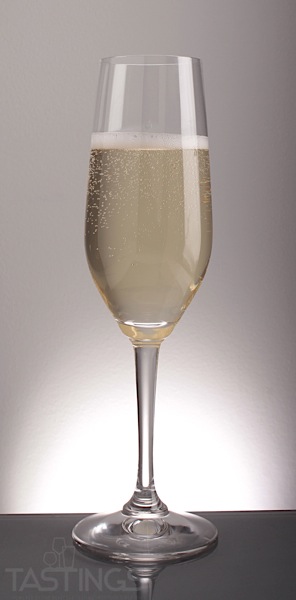
Serve in a Champagne Flute
Although Rosé Champagne accounts for little more than 10% of overall Champagne production, it is arguably the trendiest style of Champagne. While a definition of Rosé Champagne (all are made in a Brut style with lower dosage) is difficult, what every rosé Champagne has in common is its color, ranging from pale salmon and copper to bright pink.
Rosé Champagnes are made by one of two processes: either assemblage, where still red wine is added to the Champagne or by the saignée (literally “bleeding”) where the color of the Champagne is derived from skin contact. Rosés can be made from 100% red grapes –Pinot Noir and/or Pinot Meunier or can even be primarily Chardonnay; thus there are many different styles. As red grapes add more weight to the wine, rosé Champagnes are better suited to pairing with meat and game.